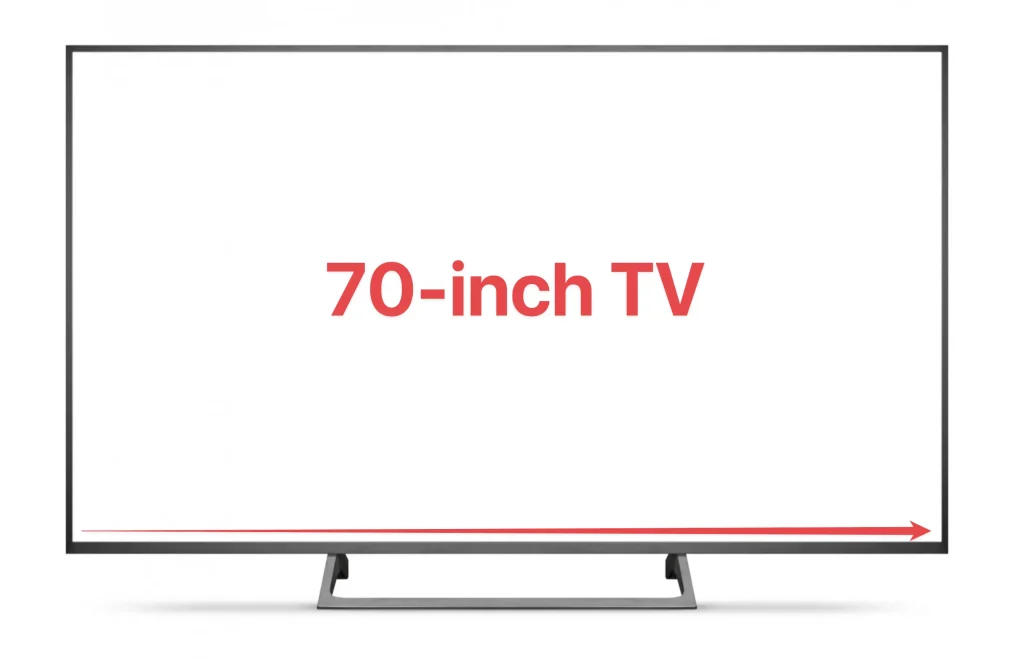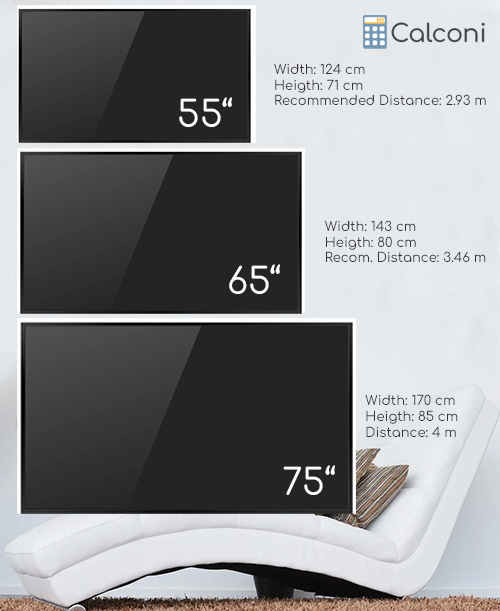What Is The Weight Of Lg 75 Inch Tv
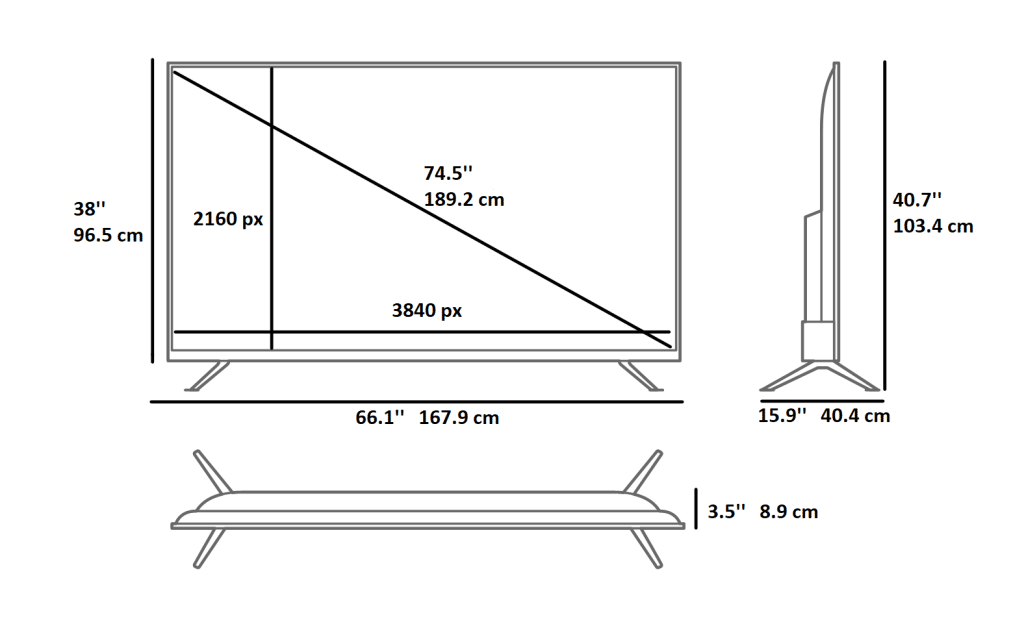
The seemingly simple question, "What is the weight of an LG 75-inch TV?", unlocks a complex interplay of factors, model variations, and evolving technology. A seemingly straightforward answer quickly morphs into a nuanced exploration of display types, design materials, and even regional differences, crucial for consumers planning for purchase, installation, and transportation. The weight significantly impacts mounting options and the structural integrity of the supporting wall.
Understanding the weight of a 75-inch LG TV is vital for several reasons. This knowledge guides safe installation, prevents potential damage to the TV or its surroundings, and informs transportation logistics. This article delves into the factors influencing the weight, examines specific models, and provides practical advice for consumers navigating this often-overlooked aspect of TV ownership. The information will explore the different technologies used, model-specific variations, and even packaging considerations.
Factors Influencing the Weight
Several factors contribute to the overall weight of an LG 75-inch TV. The primary determinant is the display technology used, with OLED, LED, and QNED models exhibiting varying densities and component structures. The frame materials (metal or plastic) are another aspect of the weight of the LG 75-inch TV.
Screen size and bezels also influence weight. More advanced features, such as built-in speakers or advanced cooling systems, will add to the total weight of the TV. Finally, it is relevant to consider the stand or feet the TV is using.
OLED vs. LED vs. QNED
OLED (Organic Light Emitting Diode) TVs tend to be lighter than their LED (Light Emitting Diode) counterparts. OLED panels do not require a backlight, reducing the overall thickness and weight. LED TVs, especially those with full-array local dimming (FALD), often incorporate heavier components for backlighting and heat dissipation.
QNED (Quantum Dot NanoCell LED) TVs represent a middle ground. They build upon LED technology with Quantum Dot and NanoCell layers, potentially adding some weight compared to basic LED models. In general, OLED is the lightest, QNED is in the middle, and LED is the heaviest option.
Frame and Materials
The choice of materials for the TV's frame impacts its weight. Metal frames, while providing enhanced durability and a premium aesthetic, generally weigh more than plastic frames. LG often uses a blend of materials to balance weight, durability, and cost, depending on the specific model.
Model-Specific Examples
To provide a clearer understanding, let’s examine the approximate weights of a few popular LG 75-inch TV models. Keep in mind these are approximate numbers and can vary slightly based on retailer specifications or minor revisions to the product.
The LG OLED77C3 (the 77-inch variant is being referenced for comparison due to greater availability of weight data) typically weighs around 41 lbs without the stand and around 60 lbs with the stand. LED models from LG, such as the LG 75NANO75, can weigh around 64 lbs without the stand and around 65 lbs with the stand. The new LG QNED85 can weigh around 67 lbs without the stand and around 68 lbs with the stand.
It's crucial to consult the official product specifications on the LG website or retailer listings for the most accurate weight information for a specific model. Different iterations or regional variations of the same model can also exhibit slight weight differences.
Practical Considerations for Consumers
Before purchasing an LG 75-inch TV, consider the practical implications of its weight. This includes evaluating the strength of the wall mount if planning for wall installation. Check weight ratings and ensure compatibility with the chosen mount.
For tabletop placement, confirm that your stand or furniture can safely support the TV's weight and dimensions. Finally, ensure you have adequate assistance for lifting and installing the TV to prevent injury or damage.
When transporting the TV, use the original packaging whenever possible. If not available, utilize appropriate protective materials and secure the TV during transport to prevent damage.
The Future of TV Weight
TV technology is constantly evolving, and manufacturers are continually seeking ways to reduce weight and improve energy efficiency. The development of thinner, lighter panels and advancements in material science will likely lead to even lighter 75-inch TVs in the future. Expect continued innovation in display technologies like MicroLED to offer even slimmer and lighter designs.
The integration of lighter, more sustainable materials may also become a focus for LG and other manufacturers. This will not only reduce weight but also minimize the environmental impact of TV production and disposal.
In conclusion, the weight of an LG 75-inch TV is a crucial consideration for consumers. Understanding the factors influencing weight, examining model-specific examples, and considering practical implications can ensure a safe and enjoyable viewing experience. The continuous evolution of TV technology promises even lighter and more efficient displays in the years to come, further enhancing the consumer experience.
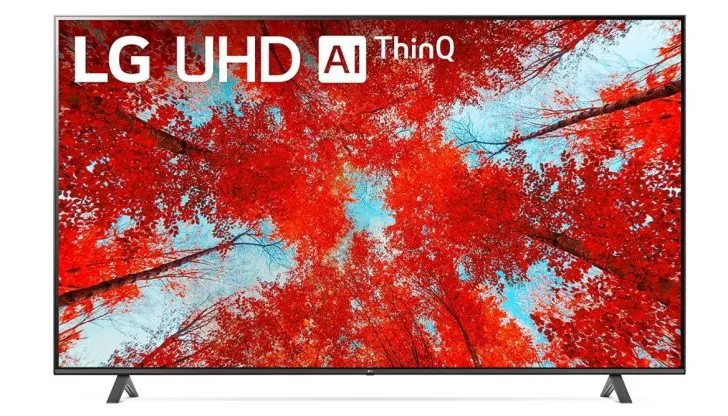
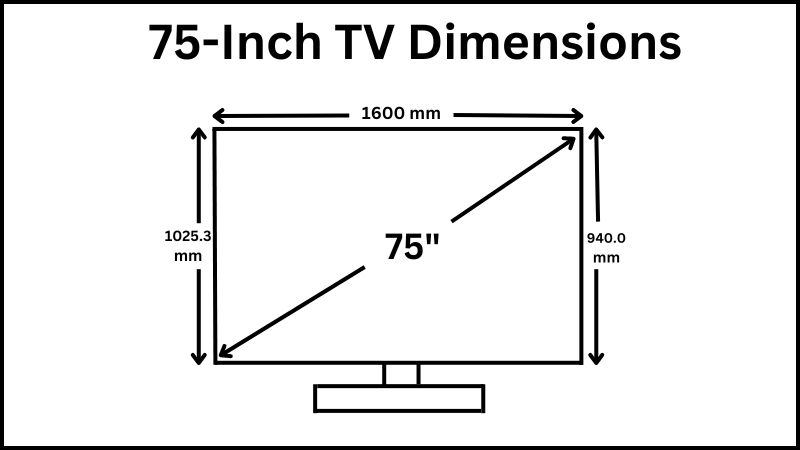
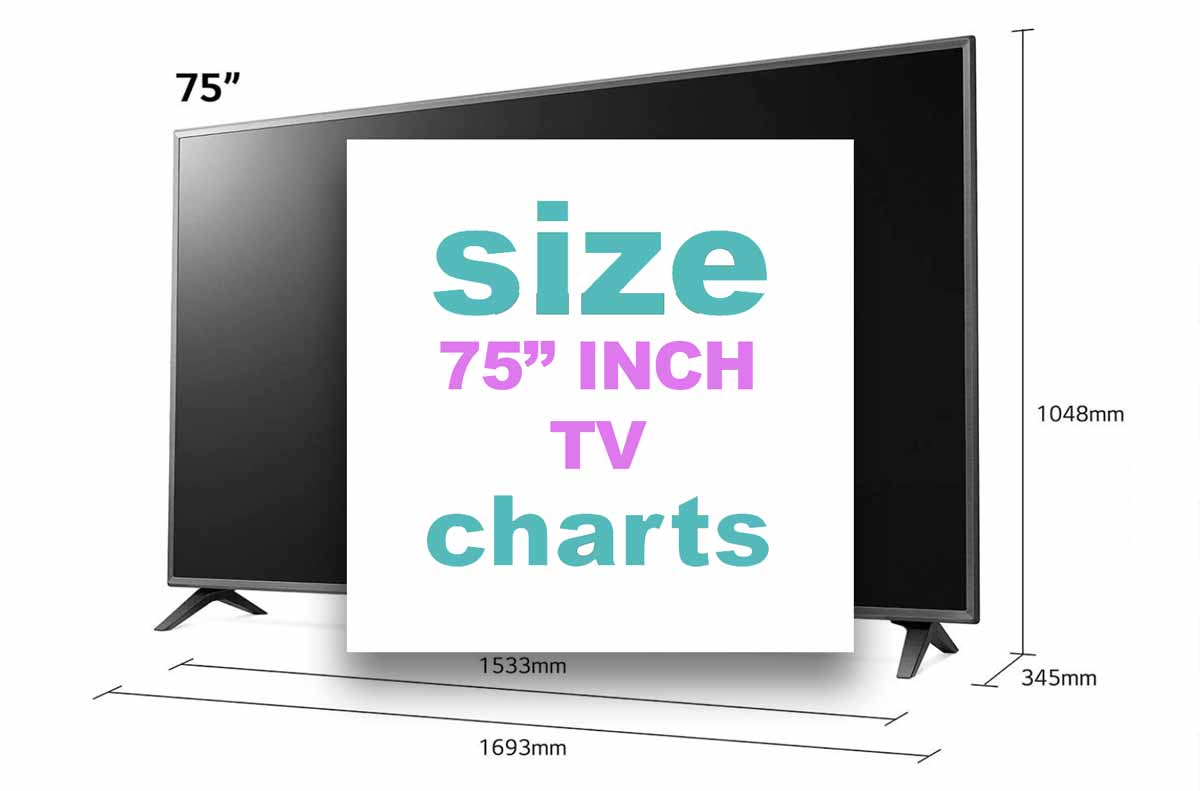
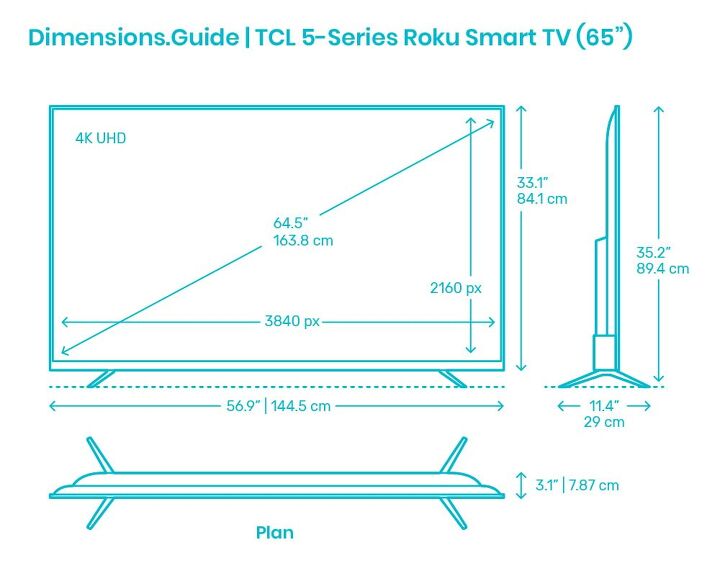

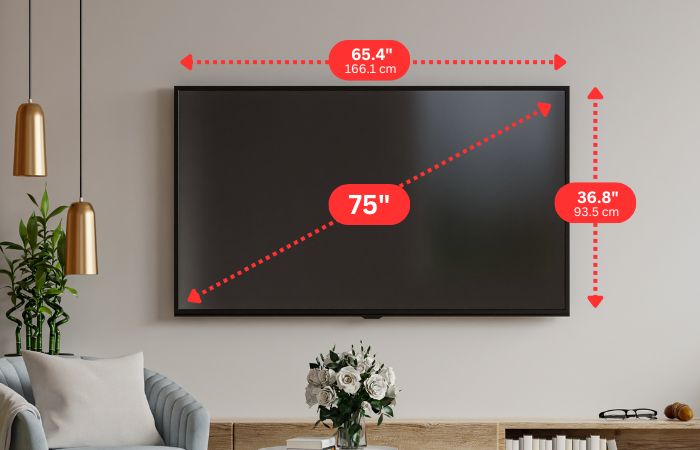
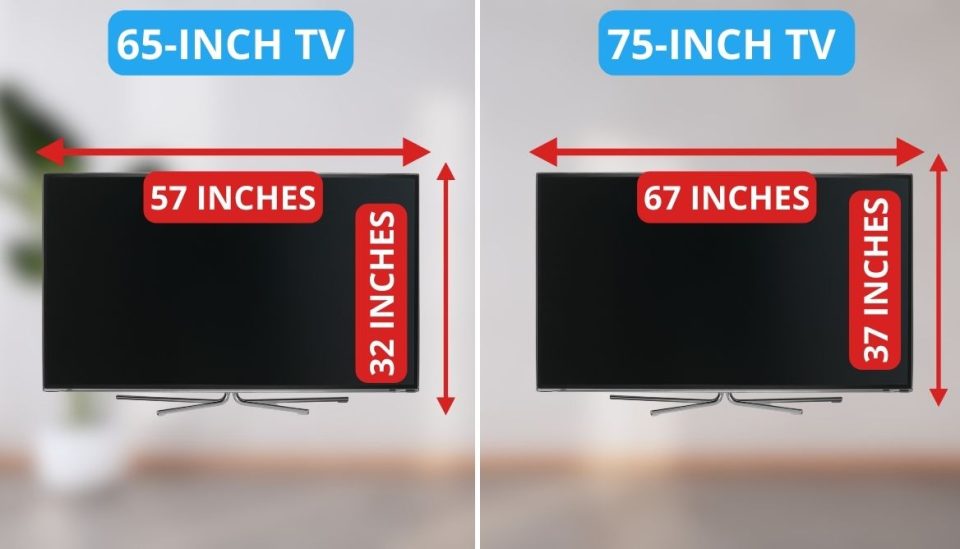
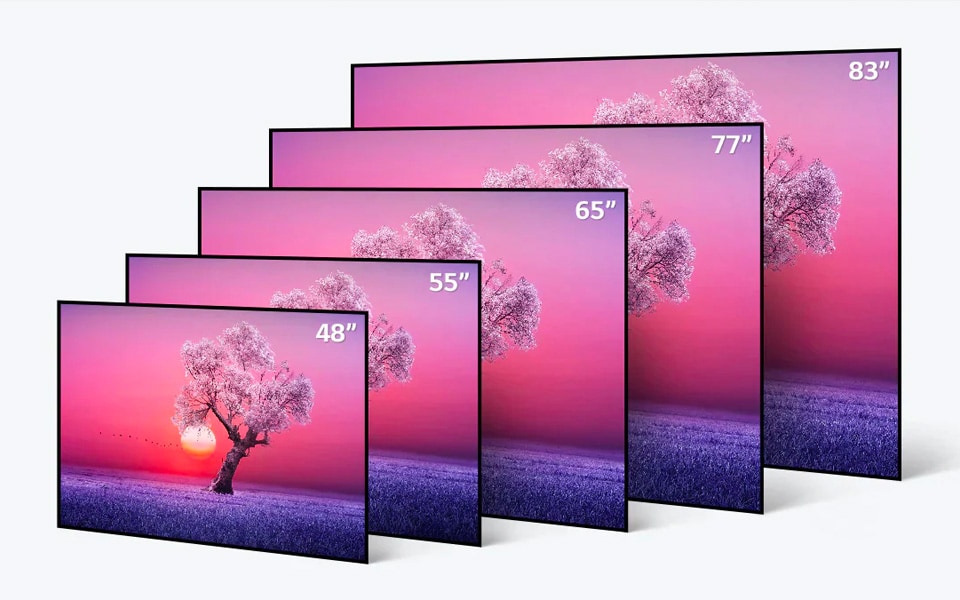
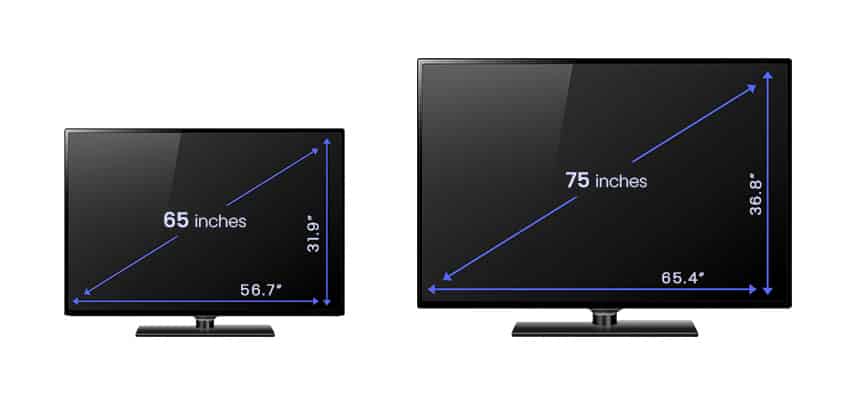
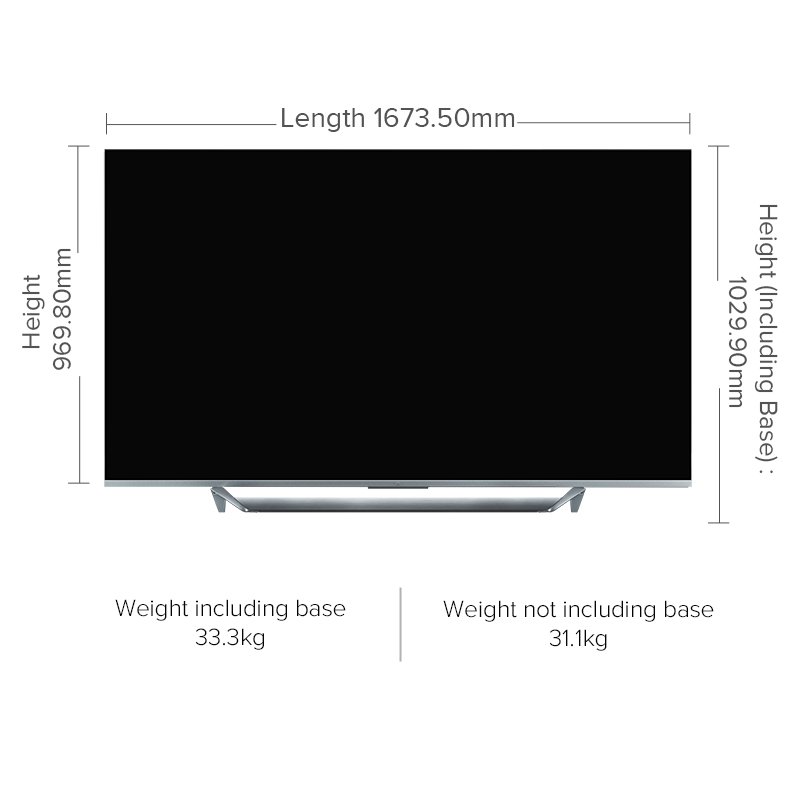

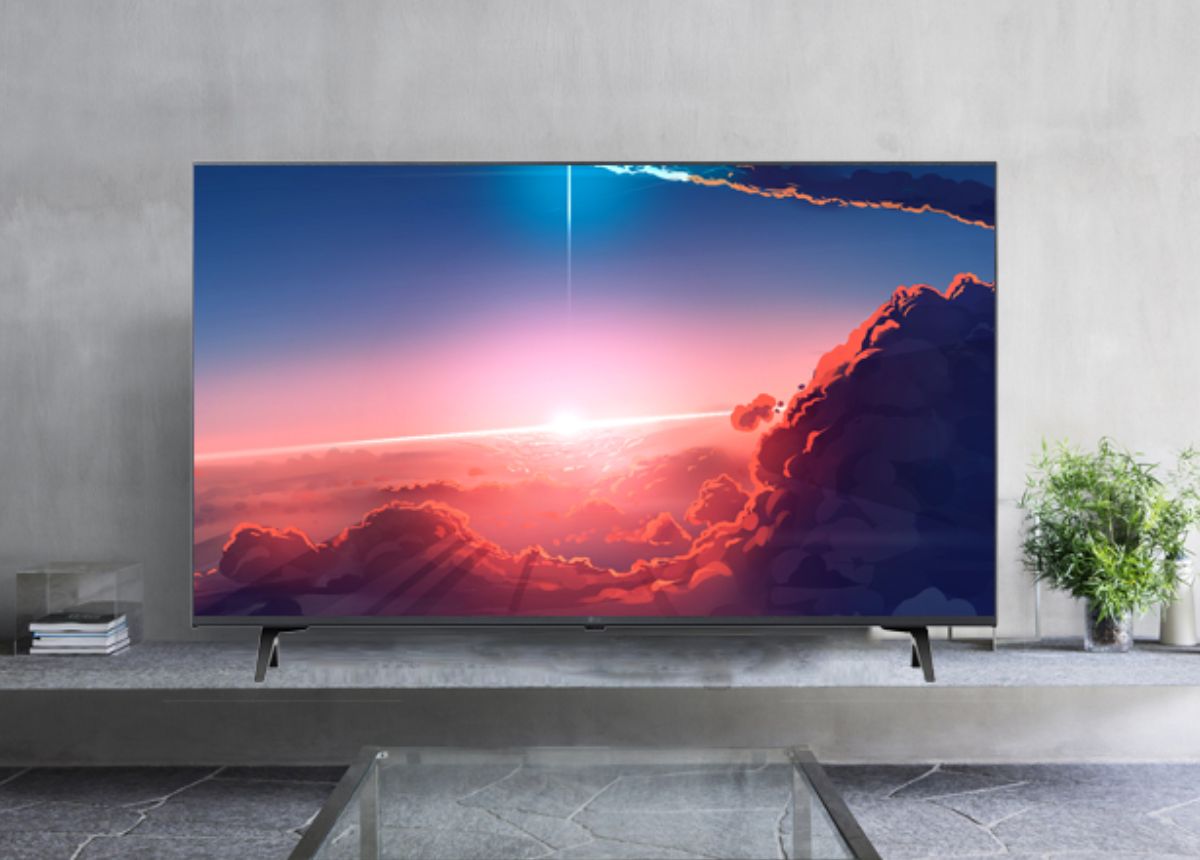

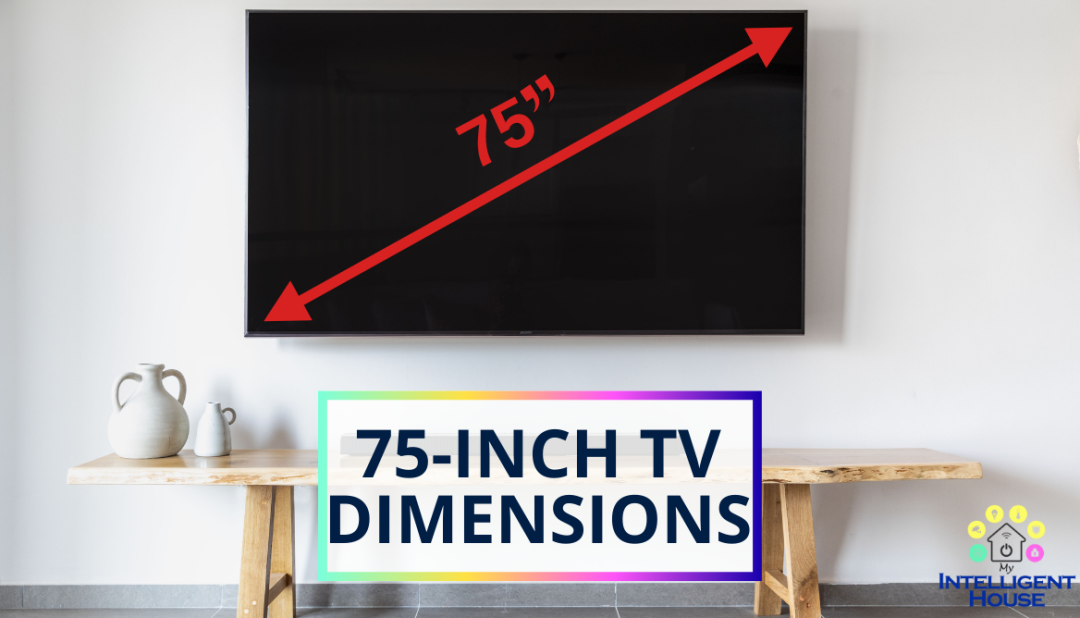
![What Is The Weight Of Lg 75 Inch Tv How Much Does a 75-Inch TV Weigh? [Charts, Examples, 2023]](https://smartgeekhome.com/wp-content/uploads/2023/05/how-much-75-inch-tv-weigh.jpg)
